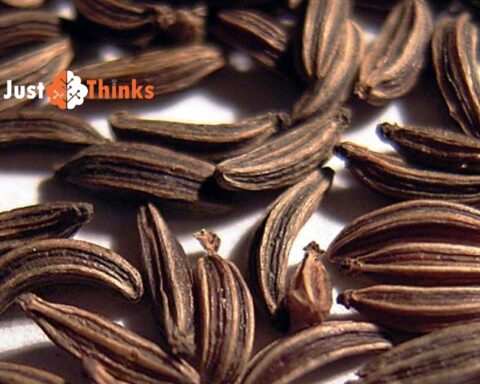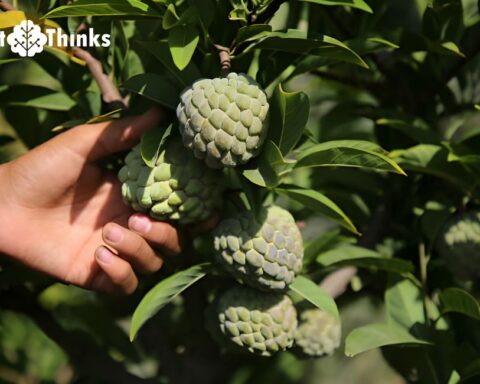Introduction
Thai cuisine is renowned for its bold and harmonious flavors, and Som Tam Salad, also known as Green Papaya Salad, stands as a testament to the country’s culinary artistry. This vibrant and refreshing dish encapsulates the essence of Thai cuisine, combining sweet, sour, spicy, and salty notes in a single bowl. With its starring ingredients of young papaya, tomatoes, lime, tamarind, and peanuts, Som Tam Salad is a gastronomic adventure that transports taste buds to the streets of Thailand. we’ll explore the origins, key ingredients, preparation, and cultural significance of this beloved Thai dish.
Origins of Som Tam Salad
Som Tam Salad has its roots in the northeastern region of Thailand, known as Isaan. This area is renowned for its unique culinary traditions, influenced by the local culture and agriculture. The term “Som Tam” roughly translates to “sour pounded,” a reference to the traditional method of preparing the salad in a mortar and pestle. Over time, Som Tam Salad has become popular not only in Thailand but around the world, making it a quintessential dish of Thai cuisine.
Key Ingredients
- Young Papaya: The star of the show is young or green papaya, shredded into thin strips, providing a delightful crunch and mild, slightly peppery flavor. If green papaya is unavailable, substitutes like cucumber or underripe papaya can be used.
- Tomatoes: Ripe tomatoes, sliced or diced, offer a burst of sweetness and acidity that complements the papaya’s freshness.
- Lime: Freshly squeezed lime juice provides the salad with its characteristic tanginess, enhancing its overall vibrancy.
- Tamarind: Tamarind paste is used to add a subtle hint of tartness to the dressing. It blends seamlessly with lime juice to create a complex sour profile.
- Peanuts: Roasted peanuts, crushed and sprinkled on top, bring a delightful nuttiness and crunch to the salad.
- Fish Sauce: Fish sauce adds a savory, umami depth to the dish. It also contributes to the salad’s saltiness, balancing the other flavors.
- Sugar: Sugar serves to counterbalance the acidity and spiciness, adding a touch of sweetness. The amount of sugar can be adjusted to achieve the desired level of sweetness.
- Thai Bird’s Eye Chilies: These small but potent chilies infuse the salad with a fiery kick, providing the signature spiciness of Thai cuisine.
Preparation
The preparation of Som Tam Salad is a delightful and interactive process. First, the papaya is peeled, shredded, and added to a mixing bowl along with tomatoes and any optional vegetables like carrots and green beans. The lime-tamarind dressing, prepared separately, is poured over the vegetables. The pounded garlic and chilies are then added to the mix. The salad is tossed thoroughly to ensure an even coating of the dressing on all ingredients. Finally, the salad is garnished with crushed peanuts and fresh cilantro.
Cultural Significance
Som Tam Salad is not only a culinary delight but also a cultural symbol. It exemplifies the Thai people’s culinary ingenuity in balancing contrasting flavors. This dish is commonly enjoyed as a street food, reflecting the vibrant street food culture of Thailand. It embodies the spirit of communal dining, where food is a shared experience, and street vendors serve up delicious, affordable meals for locals and tourists alike.
Conclusion
Som Tam Salad with Young Papaya, Tomato, Lime, Tamarind, and Peanuts is a delightful representation of Thai cuisine’s multifaceted flavors. This salad’s harmonious blend of sweet, sour, spicy, and salty elements, coupled with its cultural significance, makes it a must-try for anyone looking to explore the rich tapestry of Thai food. Whether you’re savoring it on the streets of Bangkok or preparing it in your own kitchen, Som Tam Salad offers a tantalizing journey to the heart of Thailand’s culinary heritage.






